MY VERY BRIEF ENCOUNTER WITH INDONESIA
I had a very enjoyable, albeit very short trip to Indonesia on my recent trip back from India. I had a 3 day layover in Singapore with my nephew and his family. On a sudden brainwave, I decided to take a short trip to anywhere in southeast Asia (everything looked close to Singapore in the map). I decided on Borobodur in Indonesia. I was probably inspired by the famous lines by Satyendranath Datta extolling the greatness of Bengalees which suddenly sprung in my mind:
Sthapati moder sthapona korechey Borobodurer bhitti
Shyam Kombojey Onkardham moderi prachin kirti
(Our architects have built the foundations for Borobodur ;
and Onkardham in Siam-Cambodia is our ancient achievement)
My son and nephew had recently visited Onkardham (Angkor Wat) in Cambodia. They said they liked the temple, but the country was rather poor. That may have played into my mind in my choice of Indonesia and Borobodur. I was introduced to by brother’s travel agent, Christopher, and his assistant Gary, both Chinese from Calcutta. They did a wonderful job of planning the whole Indonesia trip, including the hotel, transportation and tour guides.
I had flown in from Kolkata on 21st February by Singapore Airlines on a very late flight and reached Singapore at around 8AM the next morning. After a brief rest in my nephew’s apartment, I flew out to Jakarta around 3:20 PM by Singapore Airlines ( a 2-hr flight) and after a brief layover, flew out to Yogjakarta, my destination, by Garuda (our Garuda!) Airlines at around 7:00 PM. The assigned tour guide, Edward (Eddie) was there to pick me up from the airport and dropped me off at Phoenix Hotel. The hotel, probably a 5-star, was in an old colonial style building with an impressive fountain in the middle. I noticed several foreigners in the dining rooms and the lobbies.
Eddie’s English was excellent, something that meant a lot to me. He said he spent a couple of years as a bartender in Miami, a job he had picked up through the internet. Eddie had come with a black SUV and its driver Shahyr. The car and the driver, along with Eddie were my constant companions in Yogjakarta for the next two days. I found out that both Eddie and Shahyr were Christians – a small community of Christians existed in Indonesia. Eddie was quick to emphasize that there was no religious strife – his wife was a Muslim.
Eddie, as promised, picked me up the next morning from the hotel.at 9:00 AM for my whole day trip of the sites. The first stop was at the Sultan’s Palace, within the city. Eddie fixed me up with a young, pretty Indonesian lady, named Sri. I found that the ruling Sultan (he had a long name Sri ——-) and was the sixth in his line going back 250 years. The best I understood, the Sultan was a vassal of the Sultan in Jakarta. The palace complex was quite impressive: there was a courtyard surrounded by the palace, a large auditorium (bangsal) where a musical program was going on, a museum and other structures. The Hindu heritage was evident in the two doormen (darpals) in front of the palace. My tour of the palace was somewhat hurried as I was too anxious to be in Borobodur. I had no time for the museum.
Now we were off to Borobodur, about a one and a half hour drive from Yogjakarta. At Eddie’s suggestion, we decided not to go by the main road but a side road to be able to see the countryside. It turned out to be a wise decision. The road passed through rice fields with farmers working with their sickles with conical hats made of bamboos (tokas?), much like in India [I suddenly remembered something by Nirad C. Chaudhuri, where he speculated that Bengalees, particularly East Bengalees probably bad some Malay blood in them]. There were many settlements along the way, mostly tin shacks but also a few houses. There was no obvious evidence of stark poverty anywhere.
At last we reached Borobodur. Eddie fitted me up with Harry a wonderful tour guide, who also spoke English very well. I asked Harry if he too was a Christian. He said no, and his response was quite interesting. He said he was a Muslim, but the name is actually from Hari, another name for the Hindu god, Krishna. The name had apparently survived from his ancestors who were Hindus. Harry was very knowledgable about Borobodur’s associated history. He knew a few things about India too, about Ramayana and surprisingly, about Mahabharata too. And just as we were entering Borobodur, Harry showed me a sign reading ‘Pradakshina’ with an arrow. He explained (I already knew) that it meant going round the temple.
Borobodur was amazing; perhaps a more appropriate adjective for it would be colossal – you had to see to believe it. It is the largest Buddhist temple in the world. It was built during the between the 7th and 8th centuries AD during the ruling Shailendra dynasty. It is strictly not a temple, but a stupa, which is used to keep sacred objects, in this case, that of the Buddha. Borobodur is a World Heritage Site; it was discovered in 1812 in a ruinous state amid forests by Sir Stamford Raffles (better known for his establishment of Singapore). I could not but help hear echoes of Ajanta/Ellora and Khajuraho, both discovered by English officers, also in ruins and covered by jungles.
Borobodur is one single structure, square in plan (rather unusual!), with a steeple in the middle. It was built of brown volcanic rock (andesite). The stupa is 31.5 meters high and at the base it is approximately 120 meters wide. It has ten levels, which I was told represented ten levels of life. The lower six levels and the courtyard at the ground level are square in plan and the upper three are round. There was a balcony encircling each level. In the bottom six levels, the temple’s inner walls and the walls of the balcony were filled with amazing reliefs describing the life of the Buddha. The reliefs were not limited to the last (Gautama) Buddha, but also to his earlier incarnations. (I must however admit that to me, the statues and reliefs did not exhibit the same levels of ‘fineness’ I saw in Khajuraho a few years back. I wonder if it is a reflection of the differences in the rock types or the weather). There were statues of Dyani Buddha in the recesses at regular intervals – a large number of them. The upper levels were dominated by bell shaped stupas with perforated sides. And at the center of it all is the mother stupa- 7 meters high. There were lion statues and that of the Makara, betraying the clear influence of India my guide Hari did not miss pointing out.
The tour of Borobodur lasted over three hours. There was a lot of climbing and the steps were quite high. I feel proud I made the whole trip according to my guide Harry, having been on all the levels and around the whole structure, e.g. completed the Pradakshina. There was a stroke of good luck in that it was a very cloudy day, sparing us from intense heat. And we were blessed with more luck as we were spared of the torrential rains which started almost immediately after I completed the trip. Once on the ground, I was besieged by hawkers, including many young children, selling memorabilia. I got sucked into buying some magnets and a few small earthen images. I also bought a guide book which had numerous details of the Borobodur temple.
[I should perhaps mention herethat I was somewhat disappointed not to find definitive signature of Bengal or Bengalees in Borobodur. I even asked my guide and said that it was aided by Indian architects, but had no clue about Bengali involvement (I told him that our books said so!). Later, I was assuaged somewhat from a Bengali U-tube, where the narrator who worked in Indonesia noted that the structure was built with the aid of architects from Nalanda. And with his expected aplomb, he did not miss the opportunity to mention that a definite Bengali contribution cannot be ruled out].
I was very hungry by then. I was driven to a restaurant called ‘BS Resto, Typical Indonesian Cuisine’. The restaurant was quite well decorated and capable of entertaining foreigners. It was rather empty when I went in, only one table was occupied. Then again, it was well past lunchtime. I remember having roasted duck, Indonesian style. After lunch, Jimmy took me for quick tours of: a silver jewelry factory; a batik factory and a workshop where puppets were being made. They were all wonderful experiences. The puppet factory was particularly interesting. It was housed in a rather unimpressive setting. The puppet maker, an interesting man, explained that the puppets were made by cutting out the shapes from sheets of dry buffalo skin. Cowhides were a ‘no no’, a tradition going back to the days of Hindu hegemony, when the industry started. He explained to me that Indonesia passed successively through animism, Hinduism, Buddhism to the present day Muslim domination. He claimed he was an animist (I could not tell if it was a joke!). I found him very conversant with both Ramayana and Mahabharata, something like my guide Harry in Borobodur. And the work he displayed was simply marvelous.
It was evening when Eddie took me back to the hotel and dropped me off. He came back the next morning with the car and the driver to take me to the airport for my flight back to Singapore. He waited at the airport till a minor glitch in the reservation for my trip back to Singapore was cleared up. I was quite moved by this gesture. All in all, it was a great trip!
My encounter with Indonesia was admittedly limited to Yogjakarta and vicinity. And Yogjakarta is only the fourth or fifth largest city in Indonesia. Some conversations with Eddie and others also added to my knowledge. I realized that Indonesia is quite a large country consisting of several islands. It was ruled by the Dutch for around 350 years, till the Second World War. However, at least in Yogjakarta, there was little imprint of the Dutch rule. Eddie said “the Dutch only took from Indonesia, but gave little back”. Presently, the country was predominantly Muslim, with a few Buddhists and Christians and except for the island of Bali, hardly any Hindus. But I was told there was little religious strife. Some of it is reflected in the old Hindu and Buddhist temples, which are well looked after. In fact, there was a large Hindu temple complex, Prambanan, a not far from Yogjakarta, for which I had no time. I did not find much evidence of skull caps or beards in the men. In contrast, a large majority of the women were covered in their heads with Hijab; but they were very visible everywhere: in the streets, in the stores and the reception desks. I did not come across any Indians even among the tourists. But I did see a prominently displayed billboard with the picture of a bird and captioned “Jatayu’.
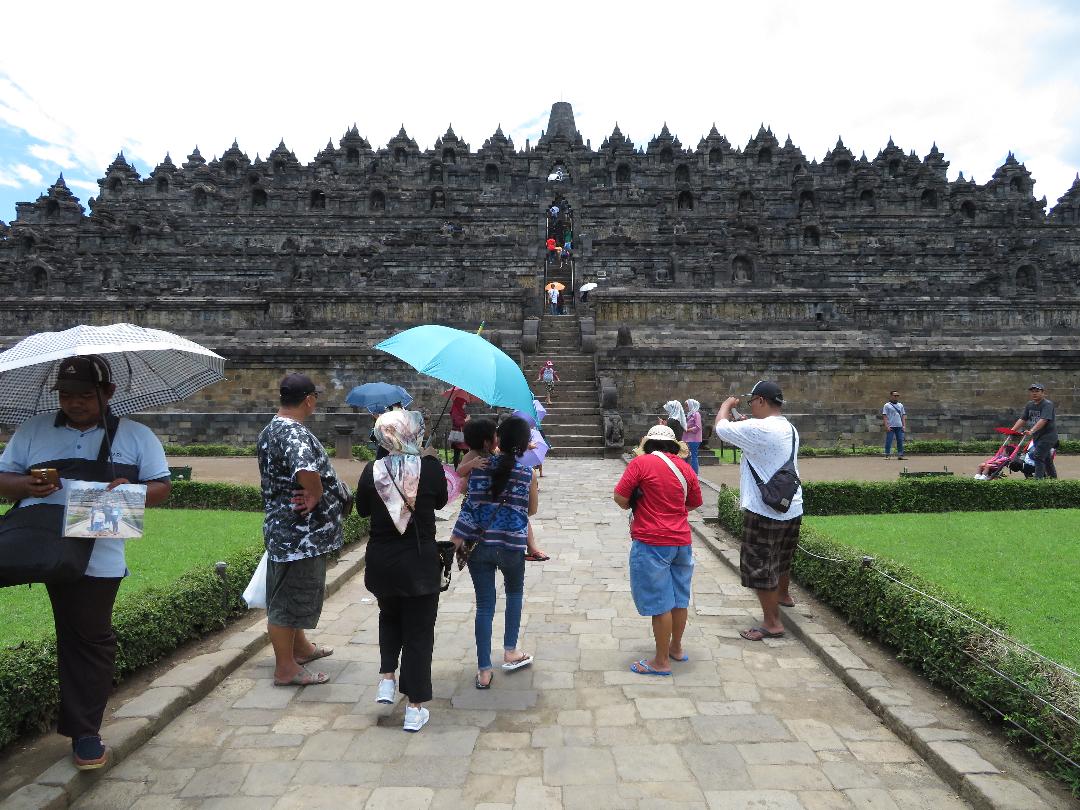
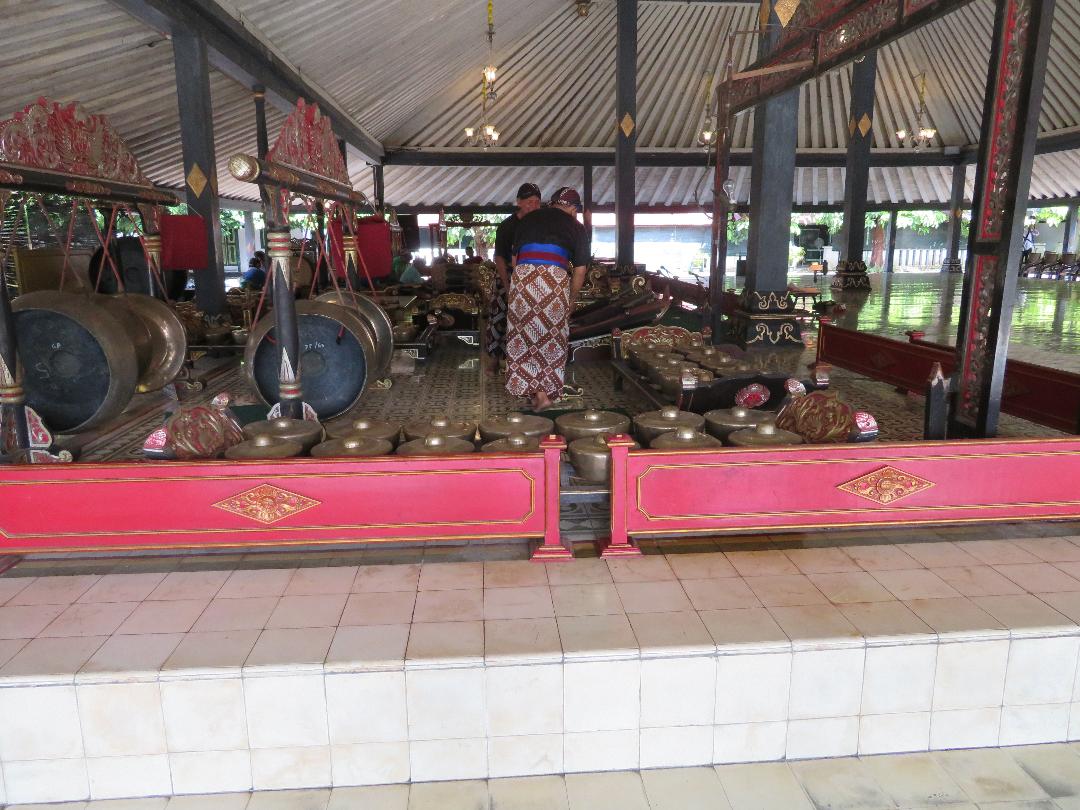
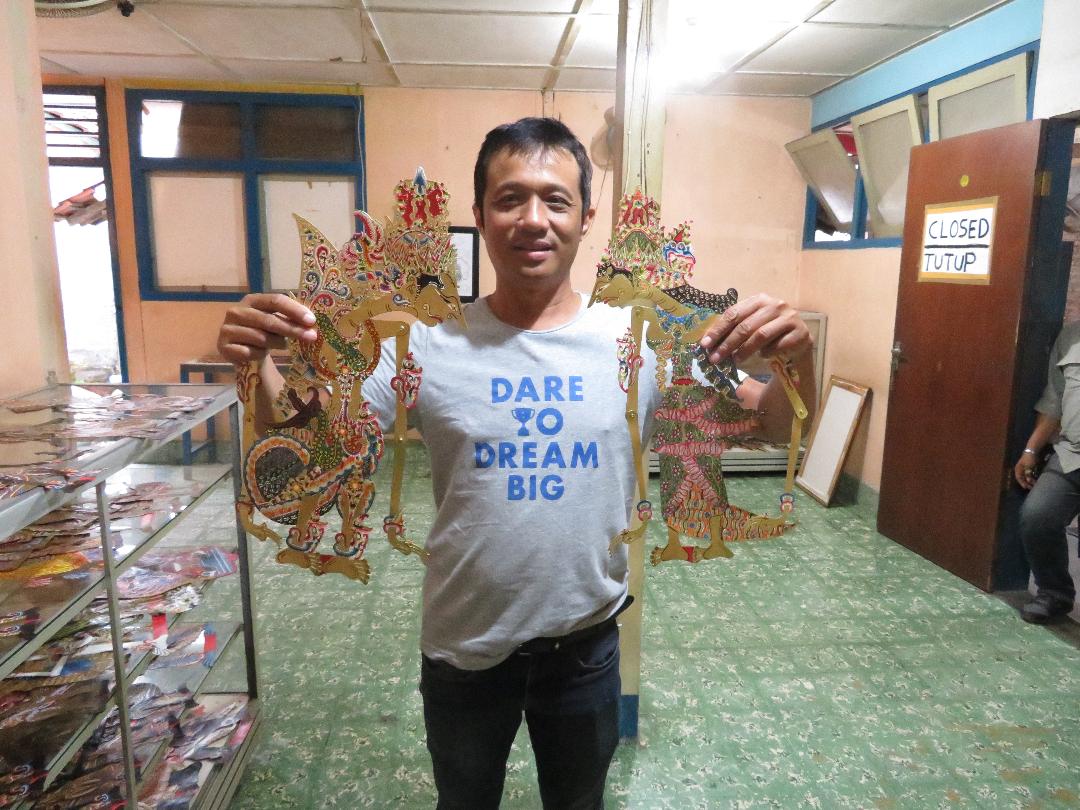
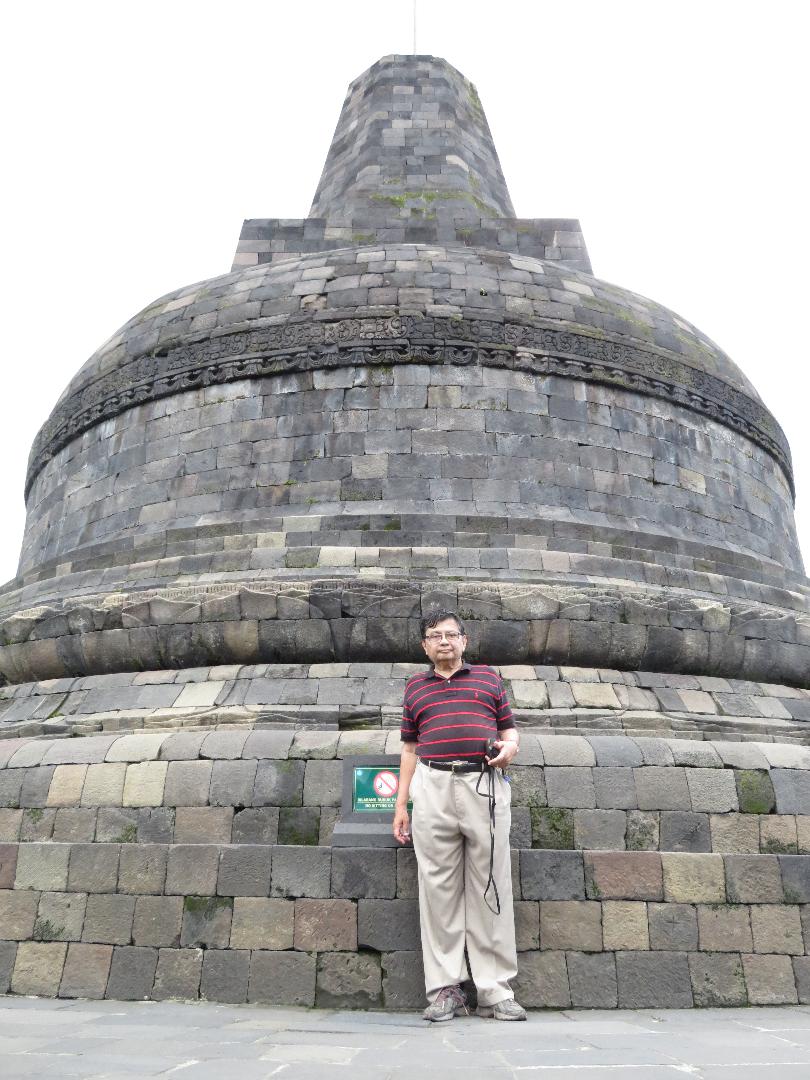
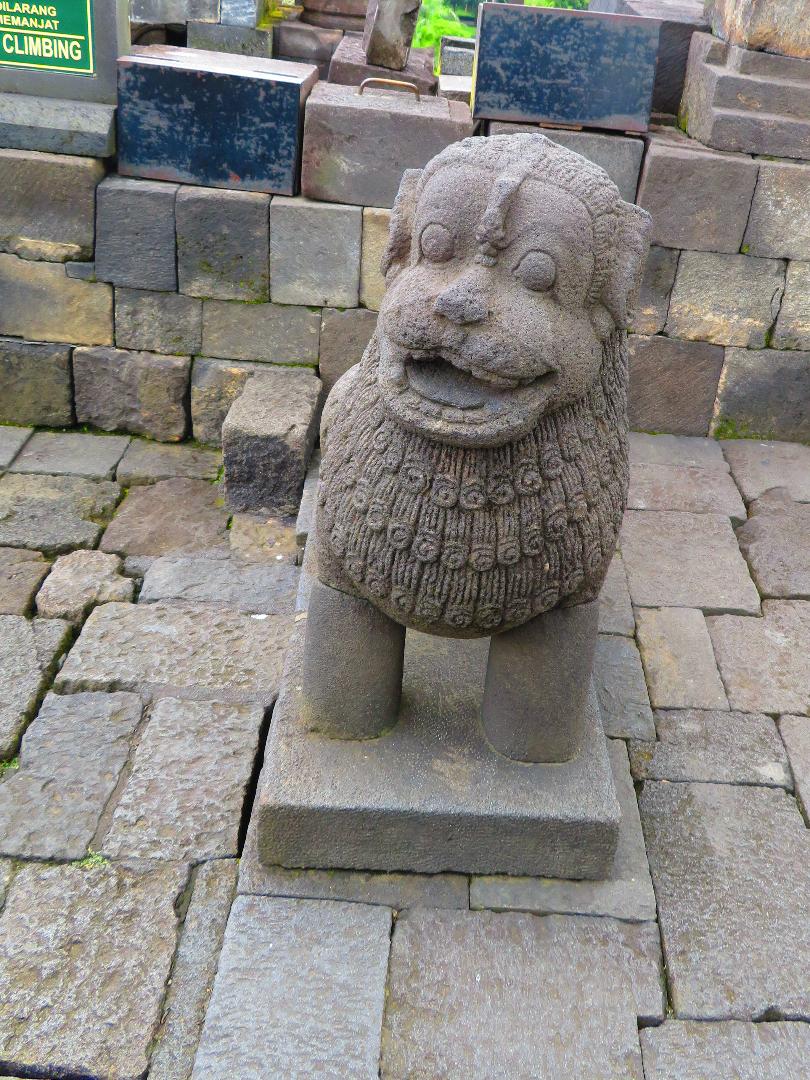
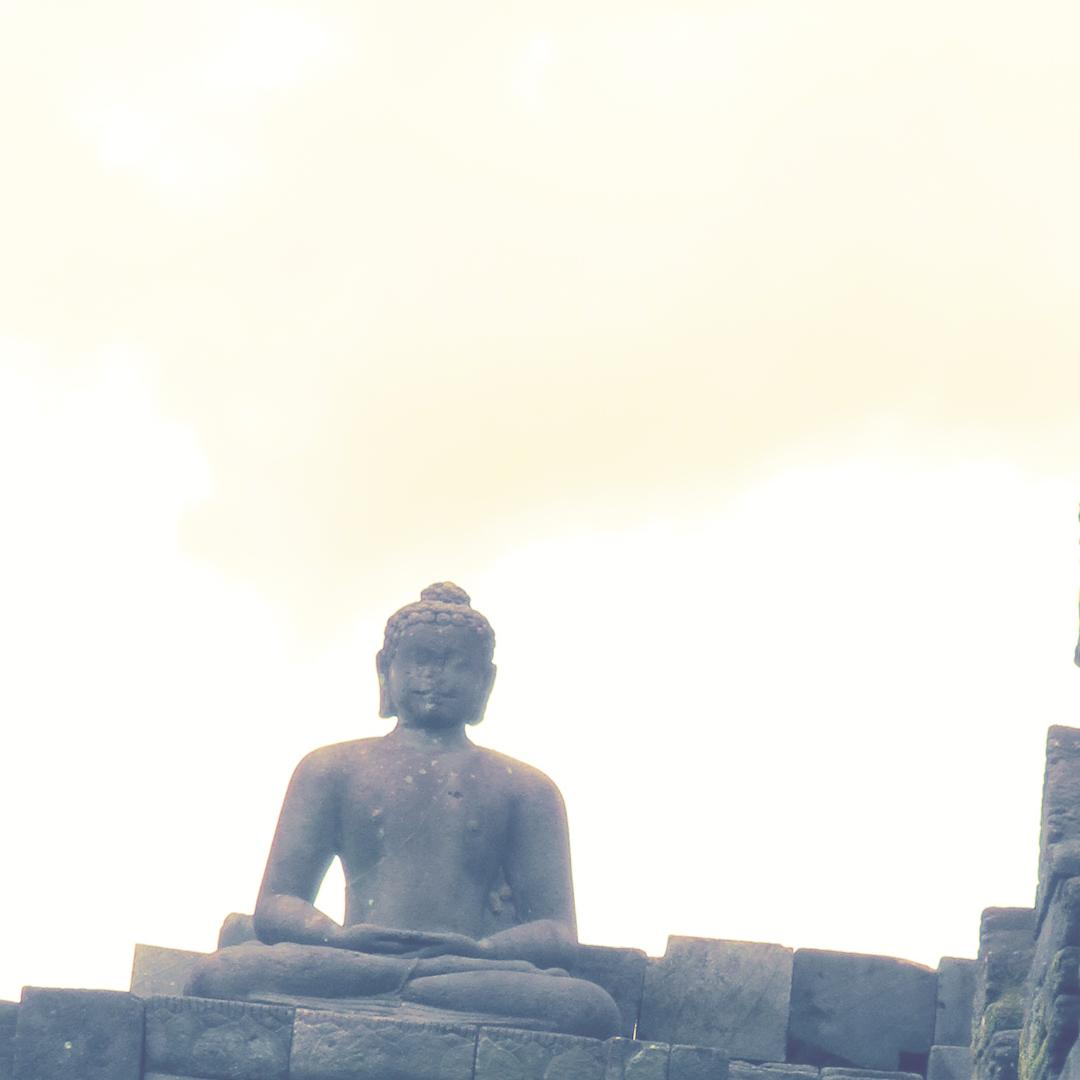
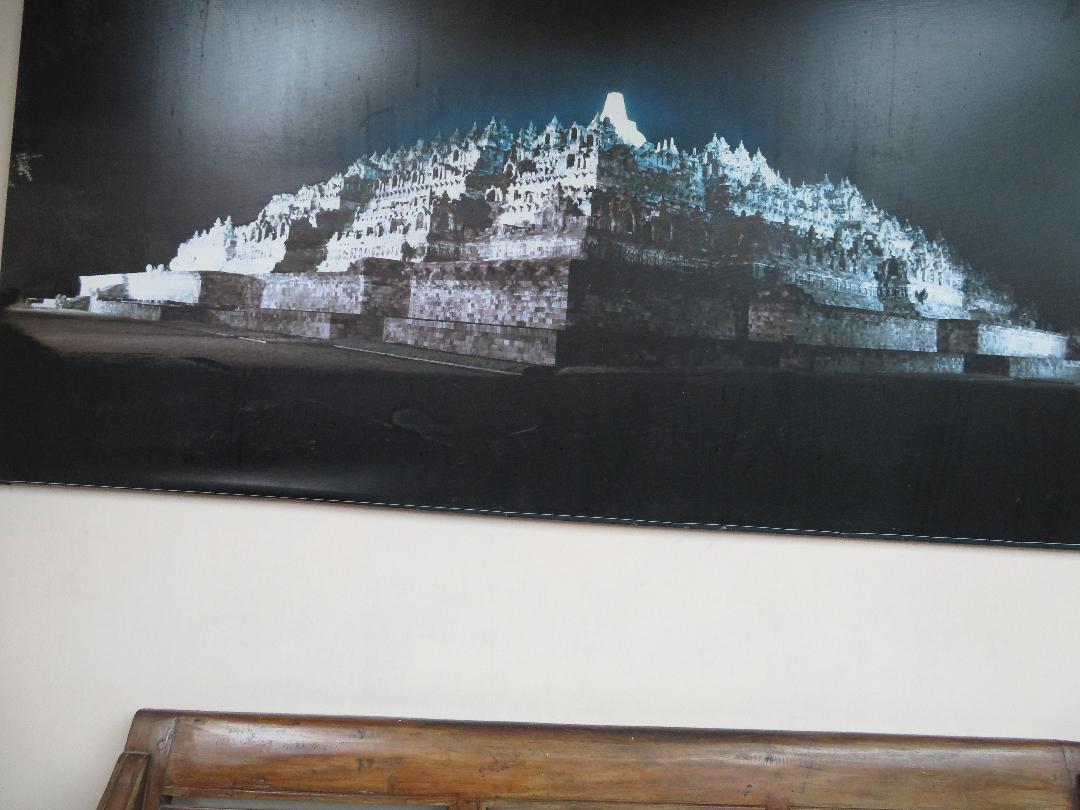
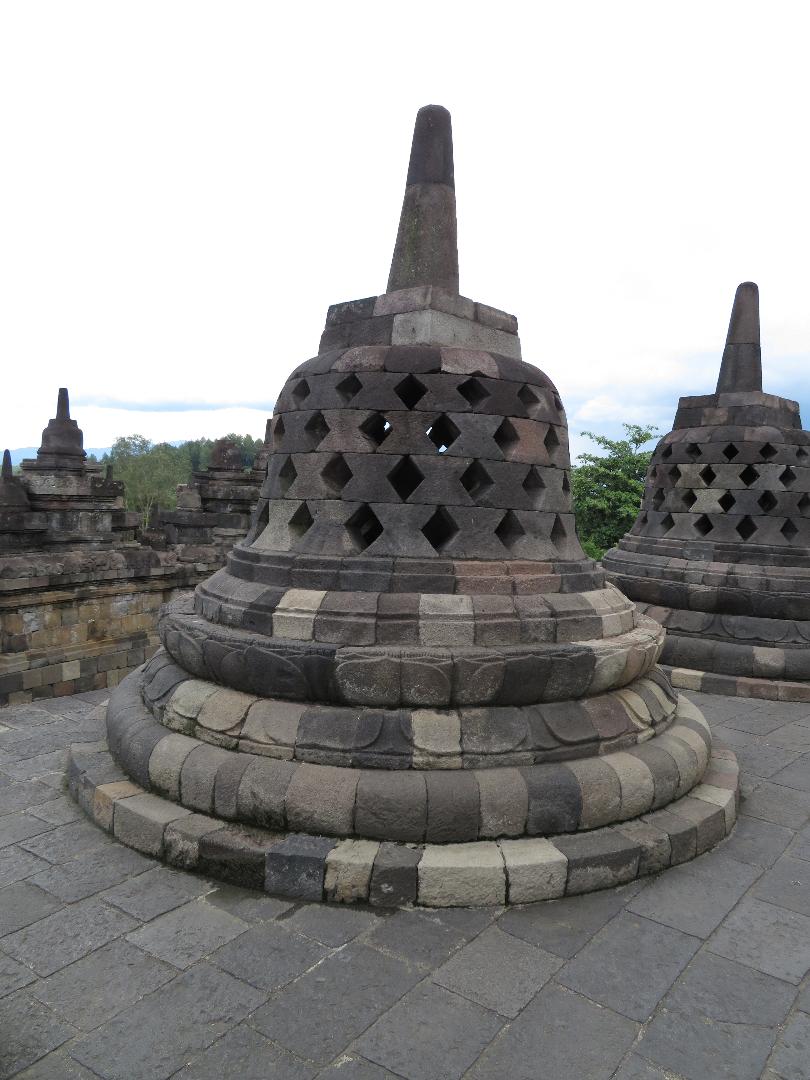
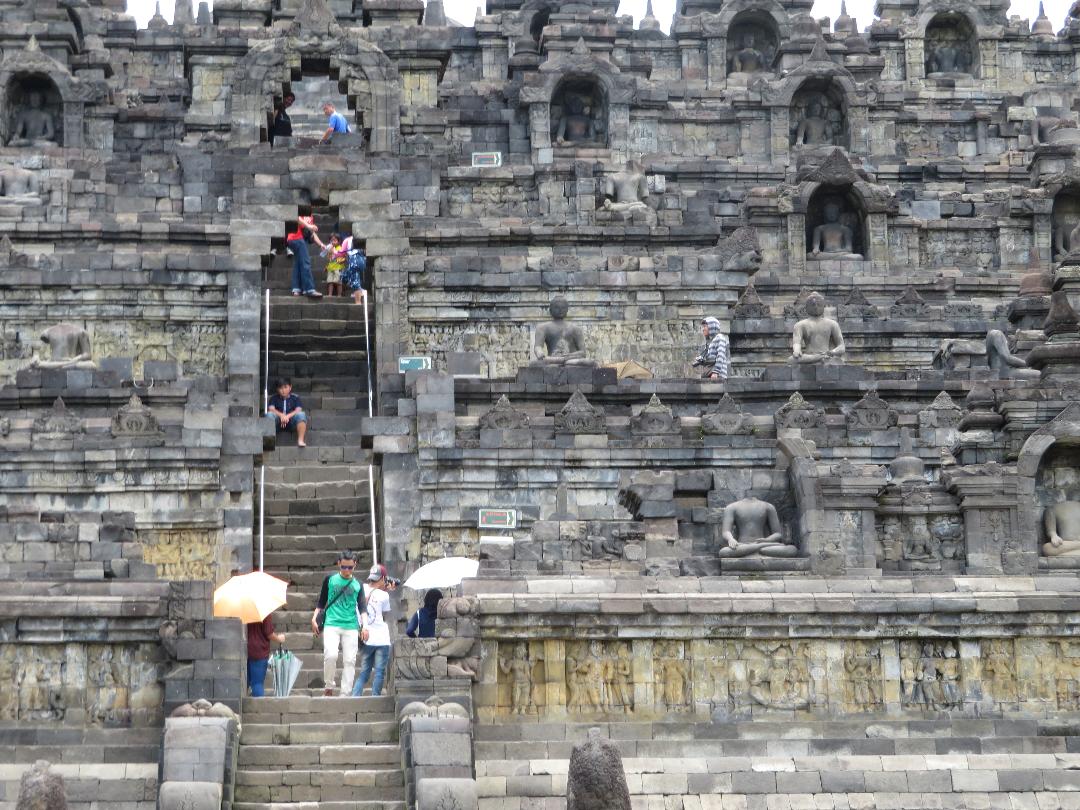
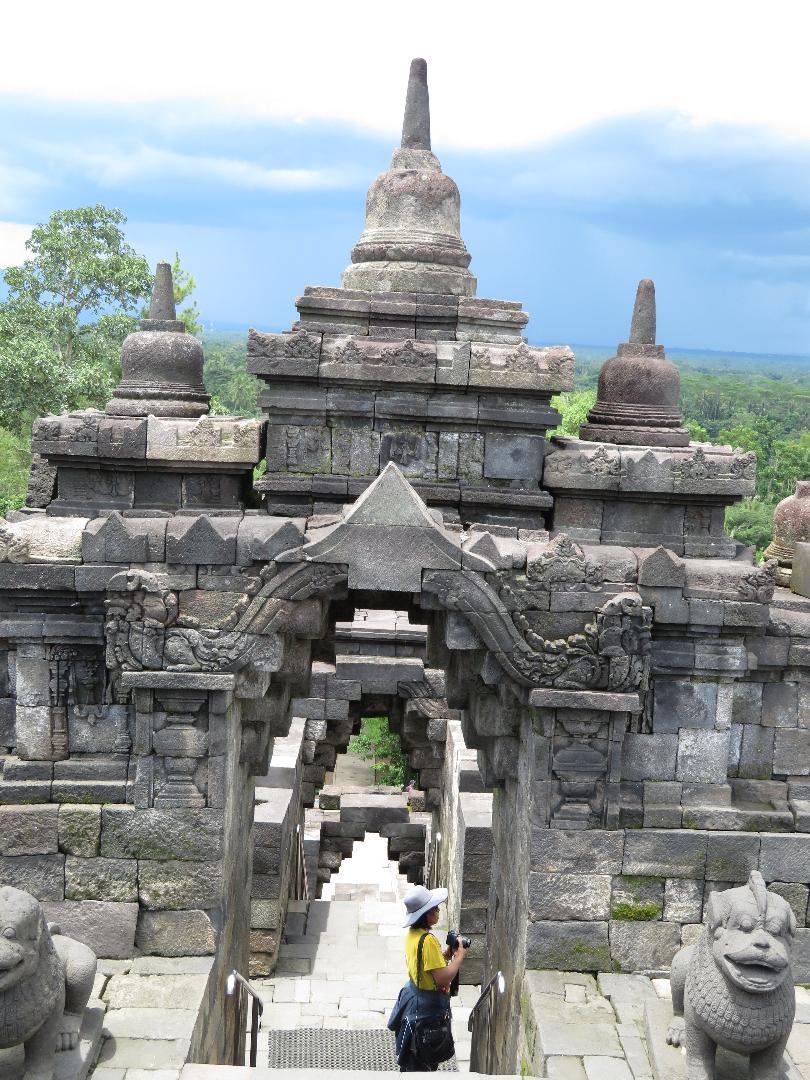


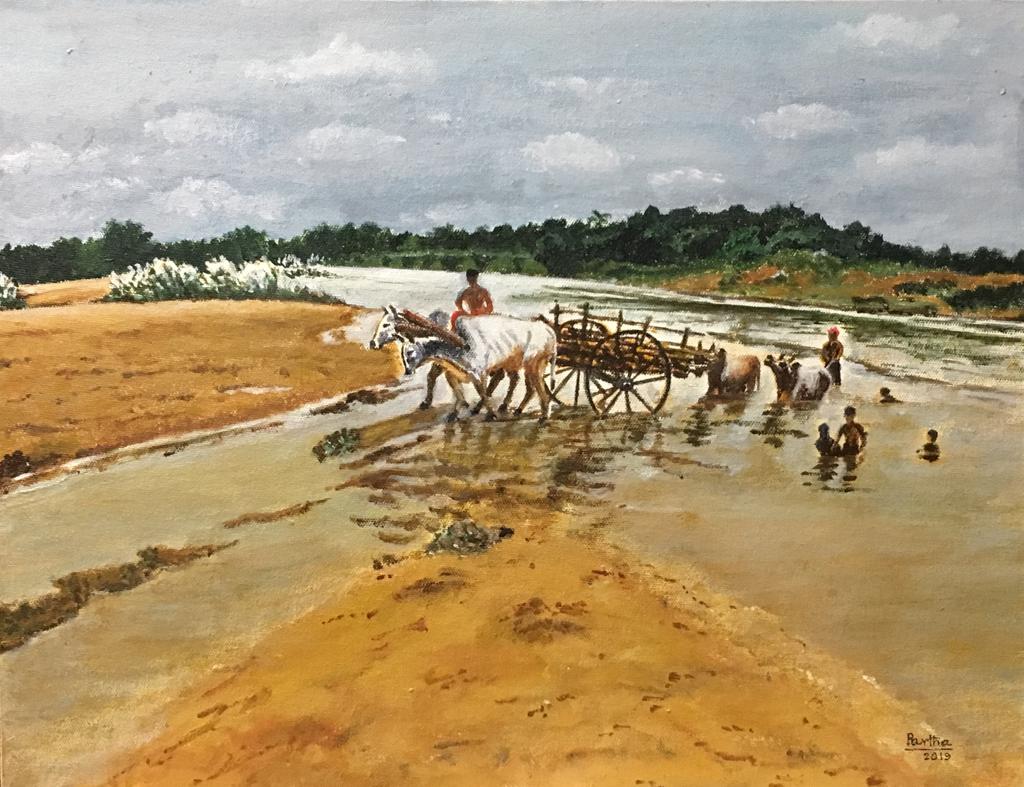
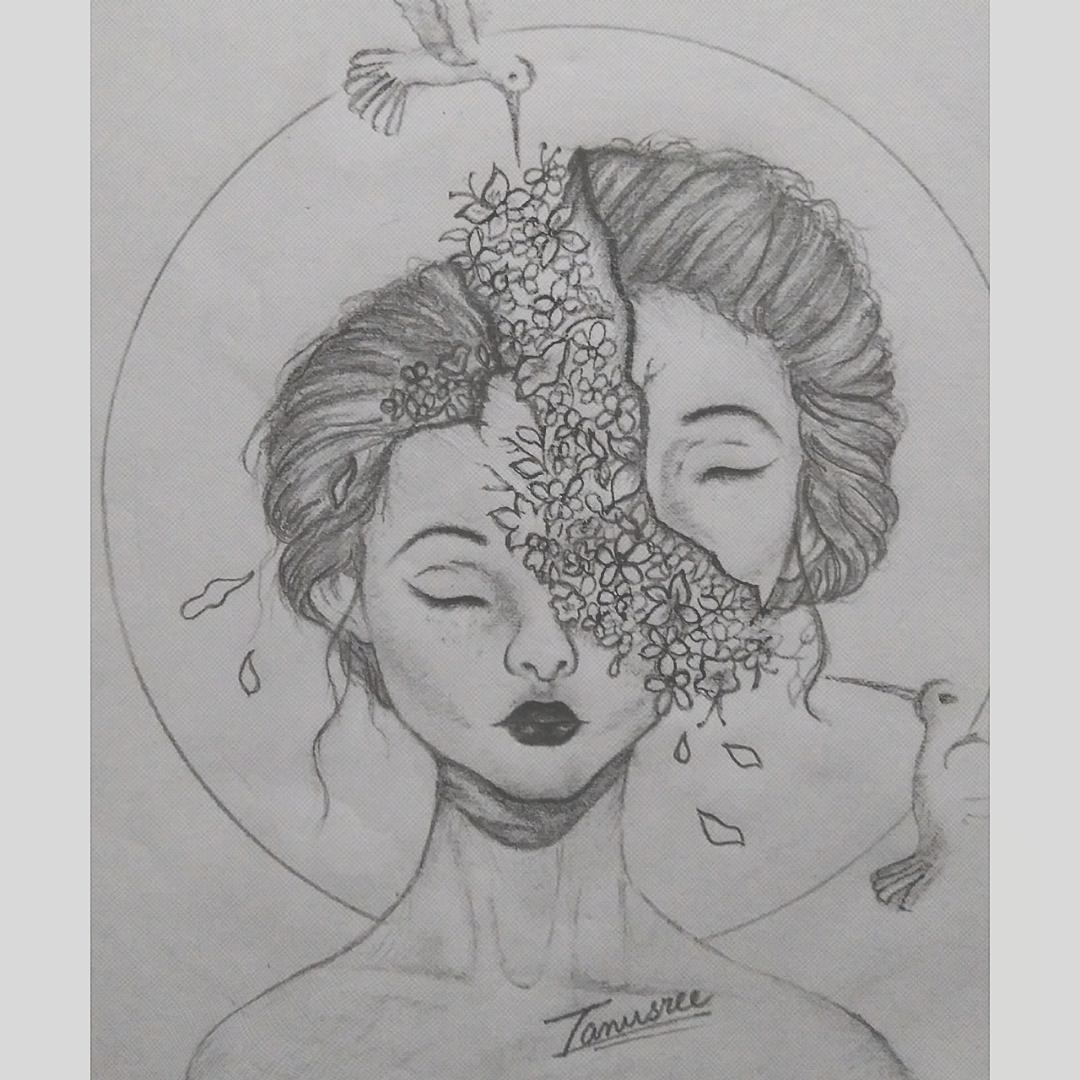
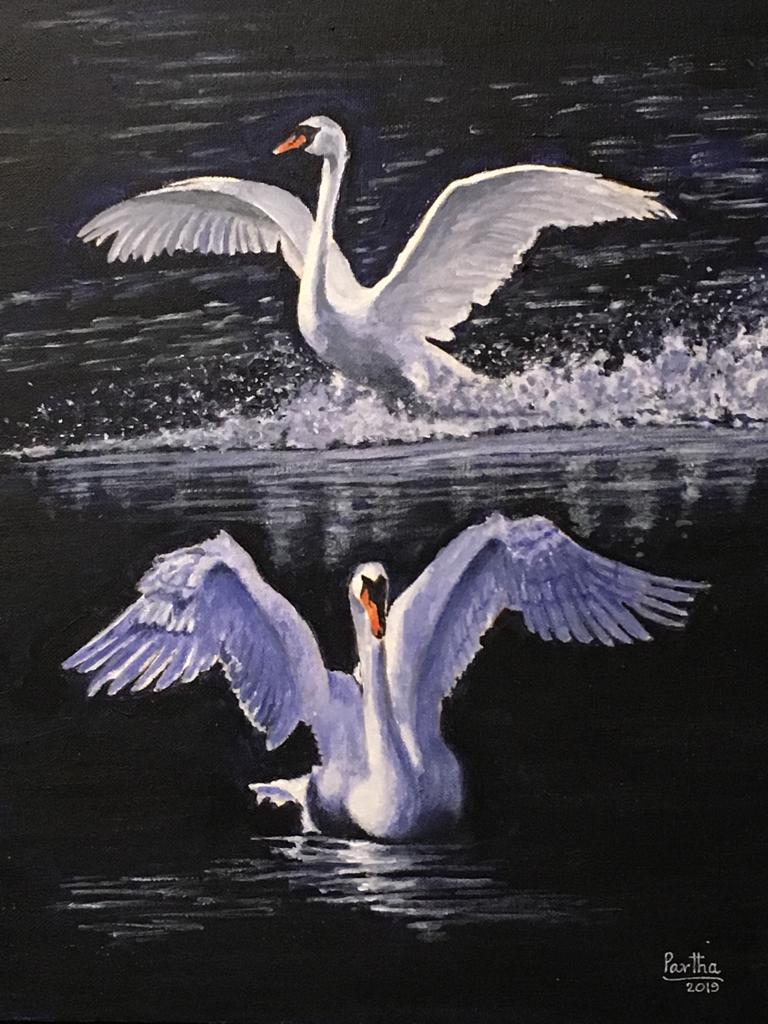
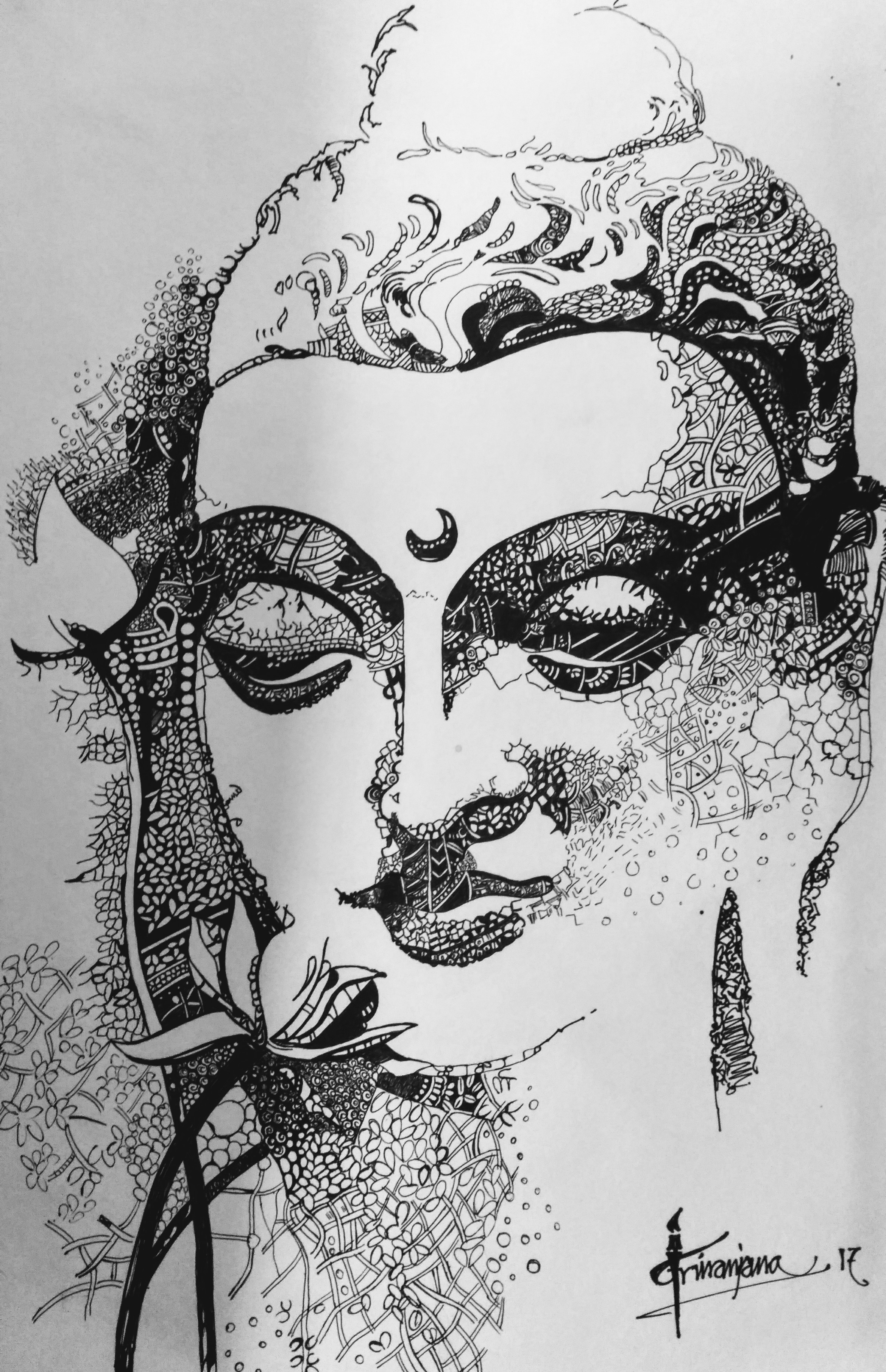


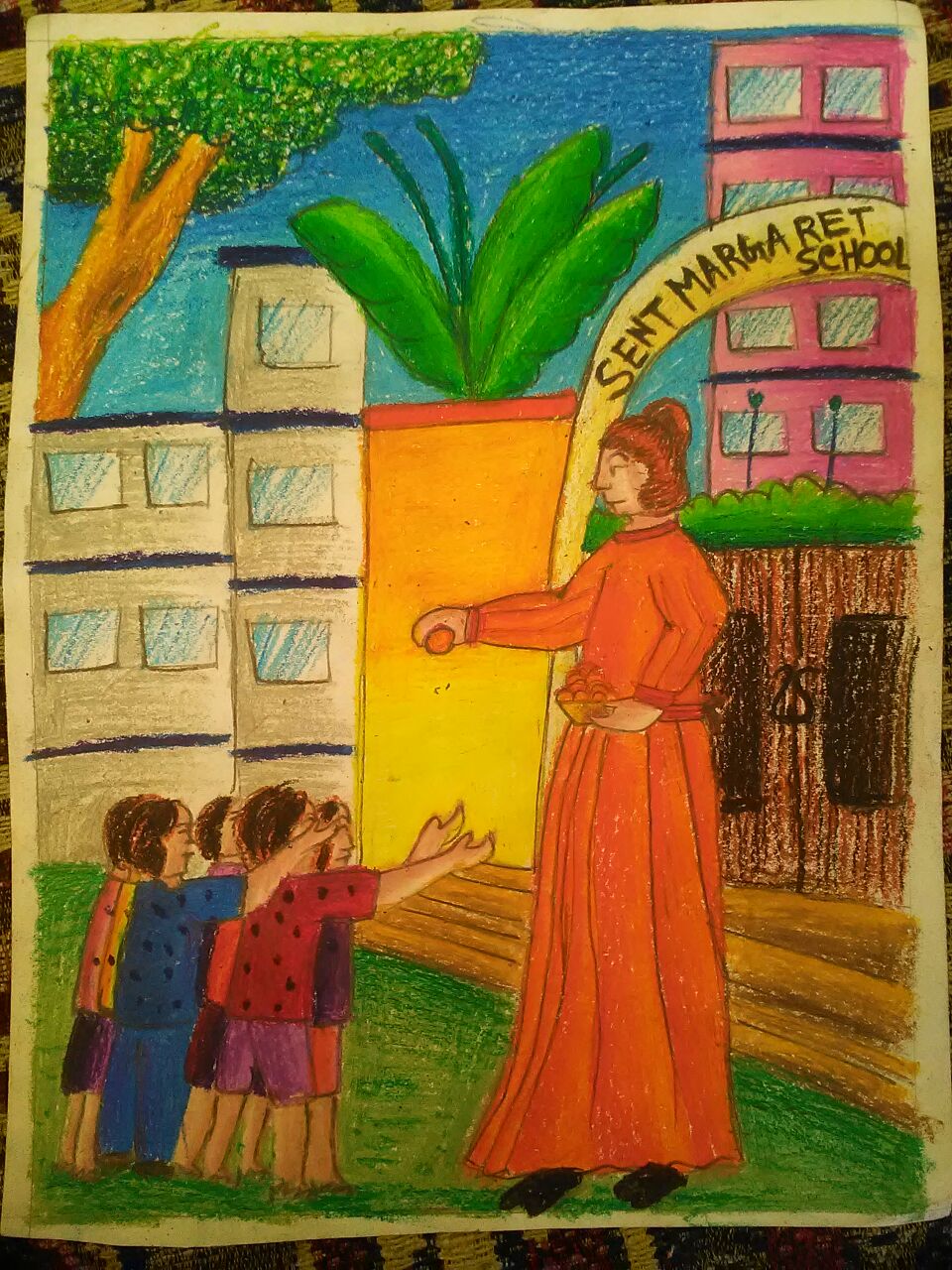

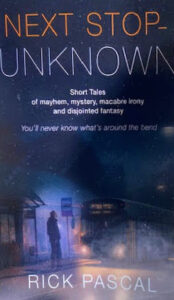

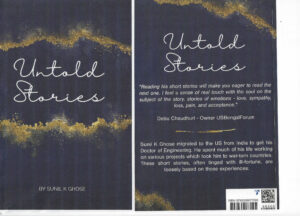
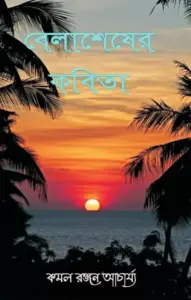
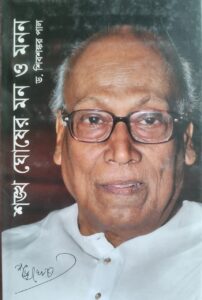

Comments »
No comments yet.
RSS feed for comments on this post. TrackBack URL
Leave a comment